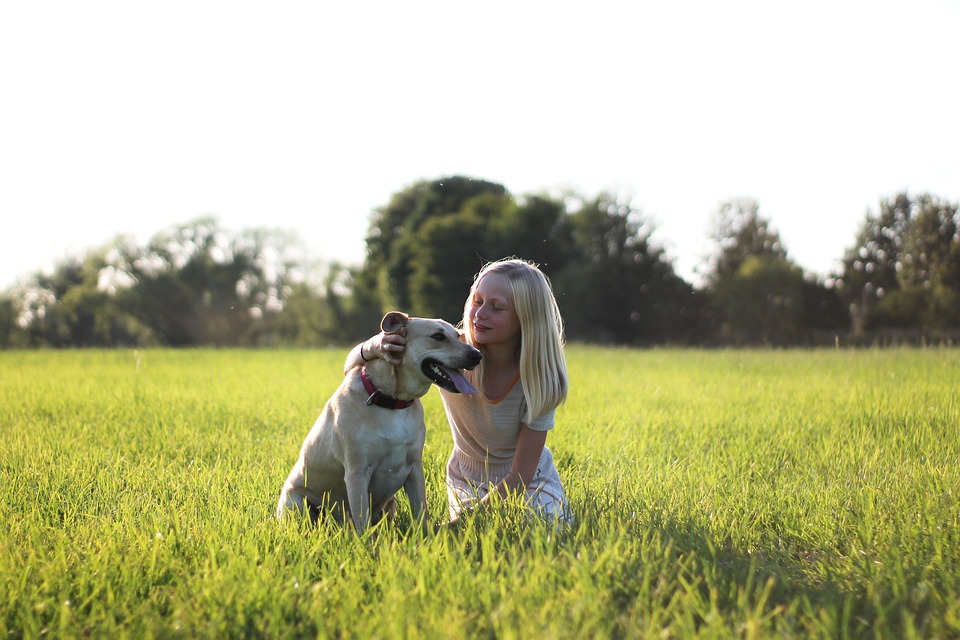Jogging or running with your furry companion can be a fantastic way to bond and keep both of you fit and active. However, if your dog constantly pulls on the leash during these activities, it can turn a pleasant experience into a frustrating one. In this article, we will explore effective training techniques to teach your dog not to pull during jogging or running. Additionally, we will address some frequently asked questions to help you along the way.
Before diving into specific training methods, it’s important to establish the concept of loose leash walking. Loose leash walking means that your dog walks calmly by your side without pulling or dragging you along. This behavior can be applied to various situations, including jogging or running.
To begin training your dog not to pull during jogging or running, you will need the following:
1. Properly fitted harness: Invest in a harness that fits your dog comfortably and provides better control compared to a collar. A harness distributes pressure evenly across your dog’s body, making it easier to control their movements.
2. Leash: Opt for a leash that is six feet long, made of sturdy material, and has a comfortable grip for you to hold.
3. treats or rewards: Prepare some small, tasty treats or find out what motivates your dog, such as a favorite toy or verbal praise.
4. Safe jogging environment: Find a quiet location with minimal distractions to conduct initial training sessions.
Now let’s explore the step-by-step training process:
1. Establish a foundation: Begin by teaching your dog the basics of loose leash walking in a controlled environment. Use positive reinforcement techniques, rewarding your dog whenever they walk calmly by your side without pulling.
2. Start slow: Introduce jogging or running gradually, incorporating it into your regular walks. Begin with short bursts of jogging, rewarding your dog for maintaining a loose leash. Gradually increase the duration and speed of your jogging sessions.
3. Use verbal cues: Teach your dog specific verbal cues such as “easy” or “steady” to indicate the desired pace during jogging. Consistently use these cues and reward your dog when they respond correctly.
4. Incorporate directional changes: During your jogging sessions, practice making sudden turns or changes in direction. This teaches your dog to pay attention to your movements and adjust their pace accordingly.
5. Focus on distractions: Gradually introduce distractions such as other people, dogs, or tempting smells. Practice maintaining a loose leash while jogging past these distractions, rewarding your dog for staying focused on you.
Now, let’s address some frequently asked questions:
Q1: Should I use a specific type of harness for jogging or running with my dog?
A: Yes, it is advisable to use a harness specifically designed for jogging or running. These harnesses provide better control and minimize strain on your dog’s neck and throat.
Q2: How long will it take to train my dog not to pull during jogging?
A: The training duration can vary depending on your dog’s individual learning ability and consistency in training. On average, it may take a few weeks to a couple of months to achieve significant improvement.
Q3: Can any dog be trained not to pull during jogging?
A: Yes, most dogs can be trained, regardless of their breed or size. However, it may be more challenging for certain breeds with a strong prey drive or a history of leash pulling. Patience and consistency are key.
Q4: What if my dog continues to pull despite training efforts?
A: If your dog continues to pull during jogging despite training, consider seeking guidance from a professional dog trainer or behaviorist. They can provide personalized advice and help address any underlying issues.
In conclusion, training your dog not to pull during jogging or running requires patience, consistency, and positive reinforcement. By following the step-by-step training process outlined in this article and addressing common FAQs, you are well on your way to enjoying pleasant and stress-free jogs with your four-legged friend. Remember to make the training sessions fun and rewarding for both you and your dog, ensuring a long-lasting bond and successful outcome.









